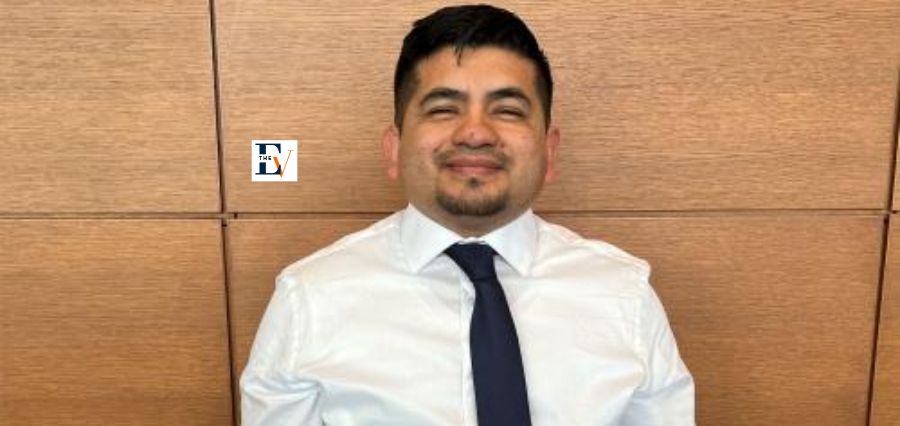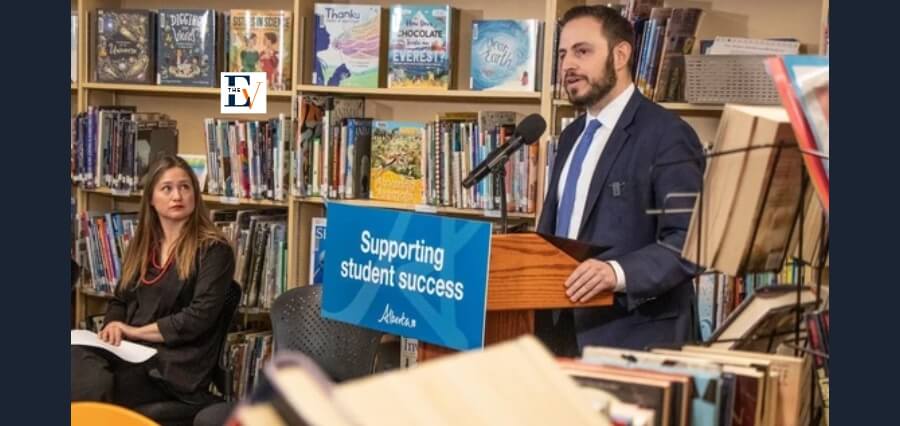English Language Learners, or ELLs, have discovered a home at MS 131 in New York City.
Linghong Ren, a former participant in the program, is back in those hallways teaching Chinese language art. She is an exemplar of the efficacy that bilingual education initiatives have demonstrated.
“They were really experienced English teachers, so they were able to provide the support that we got,” Ren stated to “GMA3.” Thus, I didn’t feel as though I was missing anything. I must admit that I quickly began to adjust to the school environment.”
Research has demonstrated that bilingual education has many advantages. Officials from New York City Public Schools claim that many former English Language Learners are actually outperforming their peers when they take tests after leaving the program.
Speaking more than one language helps students focus more effectively, but they can also think more creatively, according to Carolyne Quintana, the deputy chancellor of teaching and learning for NYC Public Schools.
“It also allows children to be able to see things from multiple perspectives … if you are now a speaker of two languages, you’re more likely to be able to learn a third one or a fourth one with greater facility,” said Quintana.
But bilingual education also provides cultural support in addition to cognitive advantages.
The chance for English learners to engage in a dual language setting is the perfect environment for them to learn, according to Elvira Armas, director of programs and partnerships for The Center For Equity for English Learners at Loyola Marymount University. Intercultural cooperation and communication, as well as more positive attitudes toward people and cultures, are encouraged in these educational settings.
“We have students coming from all different backgrounds,” Ren stated. “Some are new immigrants, some were born here, some have been here for many years.”
“We have teachers coming from different backgrounds as well,” she went on. They all have a wealth of resources, tools, tactics, and teaching methods to help students learn—not just ELL students, but all students—and some of them speak multiple languages.”
Another MS 131 teacher, Niki Moulinos, told “GMA3” that the students who have immigrated feel as though they are starting over from scratch in every aspect of their lives. According to Moulinos, creating an atmosphere that helps them settle into their new lives is essential to their success.
“They want their parents to be proud of them, just like all kids do,” she stated. “When they get here, it’s important that we, the teachers, are trained and supported to help them.”
Ren exhorts people to pursue language learning in order to benefit from the educational and personal advantages of multilingualism.
“I think anyone who has the opportunity to take another language class will actually enhance their personal experience and help them to grow and not just to become a global citizen, but a lifelong learner,” Ren said.
Read More: https://theeducationview.com/






